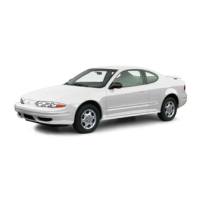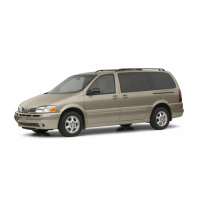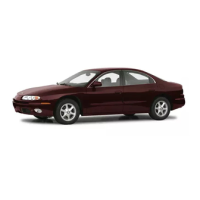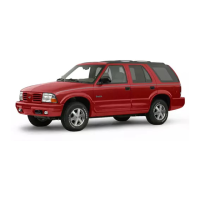72
ice, gravel,
or
other
material
is
on
the
road
surface. Driving practices and car speed
should be adjusted
to
the
road conditions.
When driving on wet
or
slushy roads, it
is
possible for a wedge
of
water
to
build
up
between
the
tire and road surface. This
phenomenon,
known as hydroplaning, may
cause
partial or complete loss
of
traction,
which adversely affects vehicle
control
and
stopping ability.
To
reduce
the
possibility
of
traction
loss,
the
following precautions
shou
Id
be
observed:
1.
Slow
down
during rainstorms
or
when
roads are
slushy.
2. Slow down
if
road has standing
water
or
puddles.
3.
Replace
tires
when
tread wear
indicators are
visible.
4. Keep tires properly inflated.
For
temporary
assistance when
traction
is
lost on ice or snow,
the
use
of
AC
Liquid
Ti
re
Chain
is
recommended.
ENERGIZER
(BATTERY)
It
is
important
that
the
Standard
Energizer
receive
the
following care:
1. Check
the
fluid level in each cell
at
each
oil change interval
or
once each
month,
whichever occurs
fi
rst, and more
often
in
hot
weather.
If
low, add distilled
water
to
bring
the
level
to
the
bottom
of
the
split ring
in
the
cell filler well. Do
not
overfill Energizer and never add any
substance
to
the
fluid
except
colorless,
odorless
drinking
or
distilled water.
2. Keep your Energizer, Energizer
cable
terminals,
and Energizer hold-down
bracket
clean. Cleaning should be
done
every 12
months
. Use a brush and a
solution
of
ammonia
and
water
or
baking soda and water. Flush
o'~i
with
clear water.
CAUTION:
Never
expose
battery
to
open
flame
or
electric
spark
- battery
action
generates
hydrogen
gas
which
is
flammable
and
explosive.
Don't
allow
battery
fluid
to
contact
skin,
eyes,
fabrics,
or
painted
surfaces
~
fluid
is
a
sulfuric
acid
solution
which
could
cause
serious
personal
injury
or
property
damage.
Flush
any
contacted
area
immediately
with
water.
Wear
eye
protection
such
as
industrial
safety
spectacles
or
goggles
when
working
on
or
near
battery.
Remove
rings,
metal
watchbands
and
other
metal
jewelry
before
jump
starting
or
working
around
a battery,
and
be
careful
in
using
metal
tools
- if
such
metal
should
contact
the
positive
battrry
terminal
(or
metal
in
contact
with
it)
and
any
other
metal
on
the
car,
a short
circuit
may
occur
which
could
cause
personal
injury.
BRAKE
MASTER
CYLINDER
Check
the
fluid lever
at
each oil change
period. Wipe
off
the
brake cylinder filler
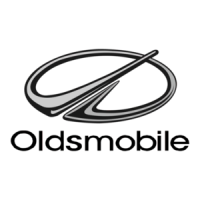
